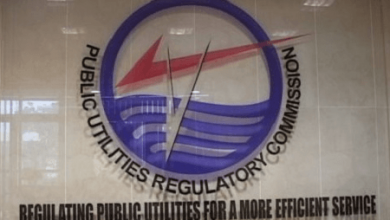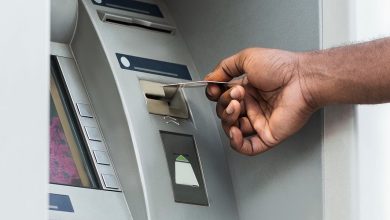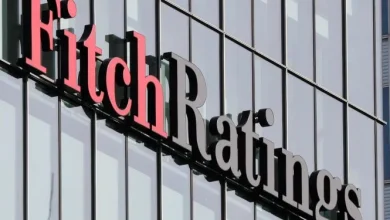We’re upgrading our communication network to address prepaid challenges – ECG

The Electricity Company of Ghana (ECG) has explained that a problem of automated communication between the meters and servers is the cause of the recent challenges with prepaid meters.
The ECG, in response to complaints by the Institute of Energy Security (IES) about the metering system, indicated that it has noted the concerns, adding that: “Currently, a team of technical staff have been deployed to upgrade the communication network between the prepaid meters and the server, and this has resulted in the increasing debts of customers whose meters have been operating on credit mode, and as such, have not made any commensurate purchases of electricity used over the months”.
A statement signed by ECG’s Managing Director, Kwame Agyeman-Budu, on Tuesday, 22 December 2020 detailed how the prepaid system works.
“ECG currently operates internationally approved standard prepayment metering systems for over 2 million customers using the approved PURC tariff. There is no feature in the pre-payment systems that converts electricity credit to debt, nor is there a facility where the more a customer buys electricity, that customer will owe ECG”.
“Generally, with ECG pre-paid meters, money is deposited into a meter account and dispensed with an approved tariff till it is finished, then the meter disconnects electricity supply till another deposit is made. In some minimal cases, the meter breaker stays connected and the meter continues to record the customer’s consumption on a zero balance, and this can lead to a debt,” the statement added.
It continued: “For some smart meters deployed in 2014 in parts of Accra, the money is deposited into the customer’s account on a centralised server and gets dispensed only when the meter is remotely connected to the server”.
The statement added: “Delayed routine reconciliation due to failed remote communication between meters and the server automatically switches the meters into credit mode and allows the customers to consume electricity beyond their remaining credit.
“This usually results in a negative balance when communication is restored between the server and the meters,” adding that: “In most cases, debt after the reconciliation of the customer’s initial deposit and the actual electricity consumed is scheduled for payment on flexible terms for the customer”.










